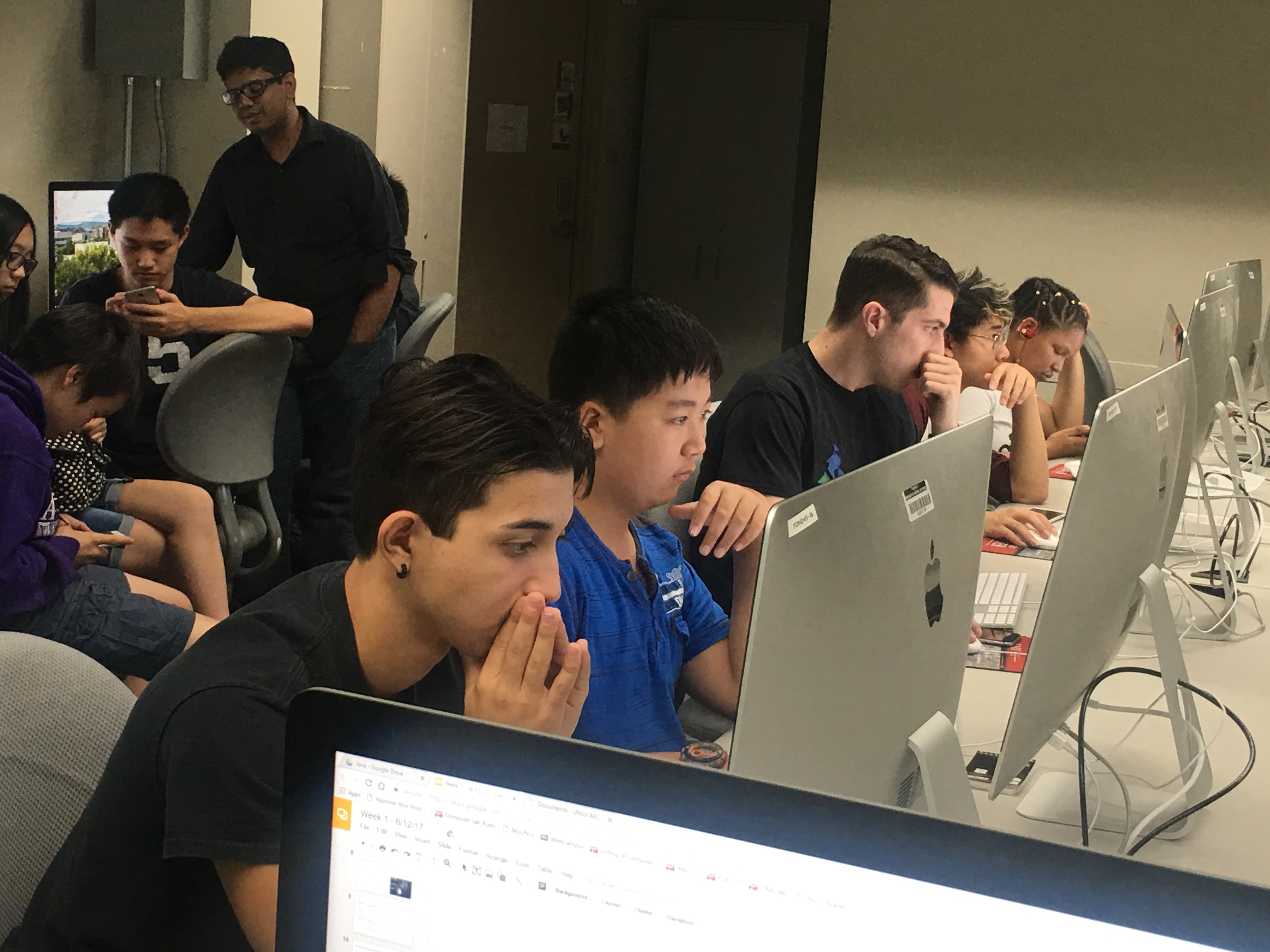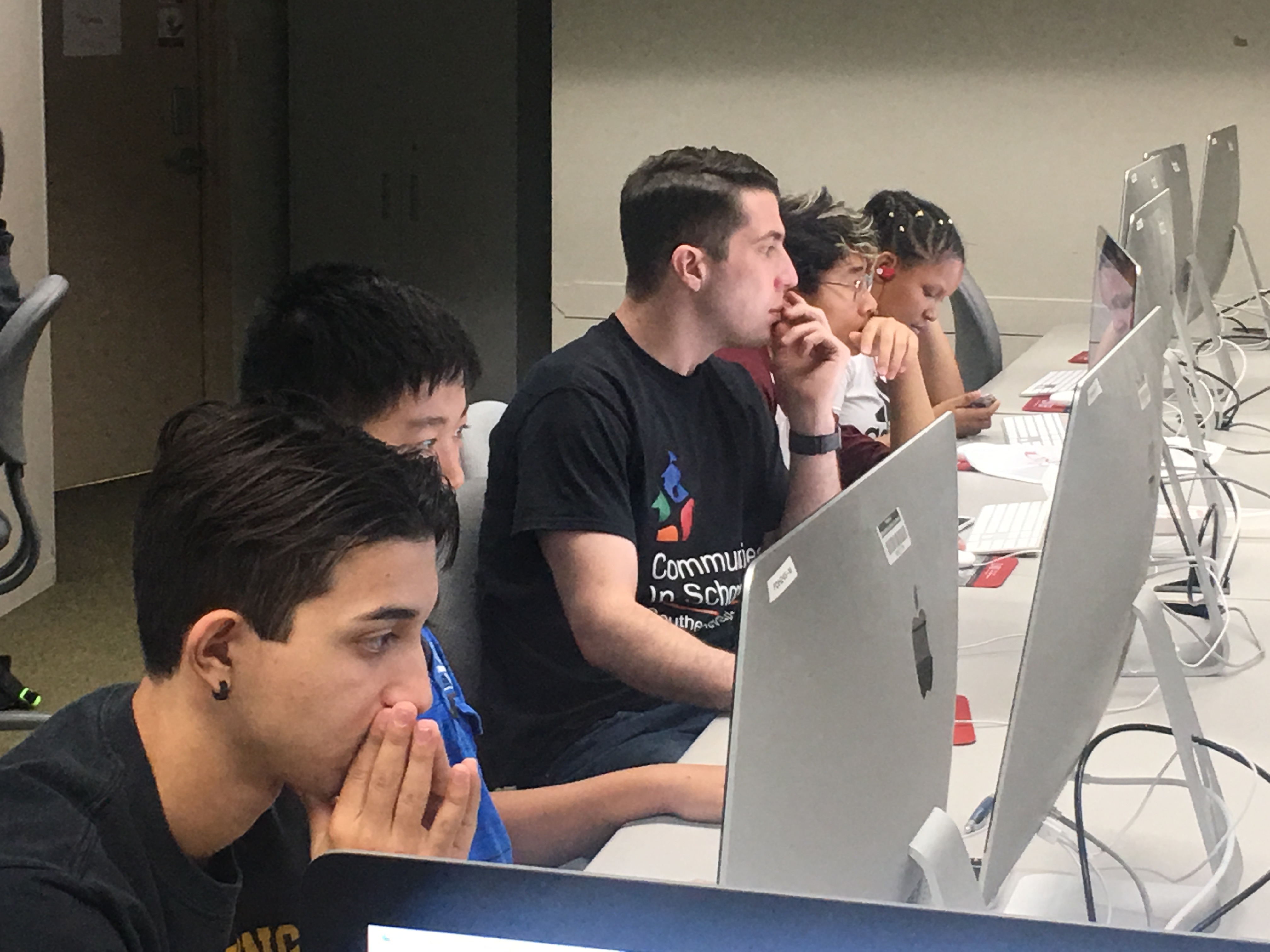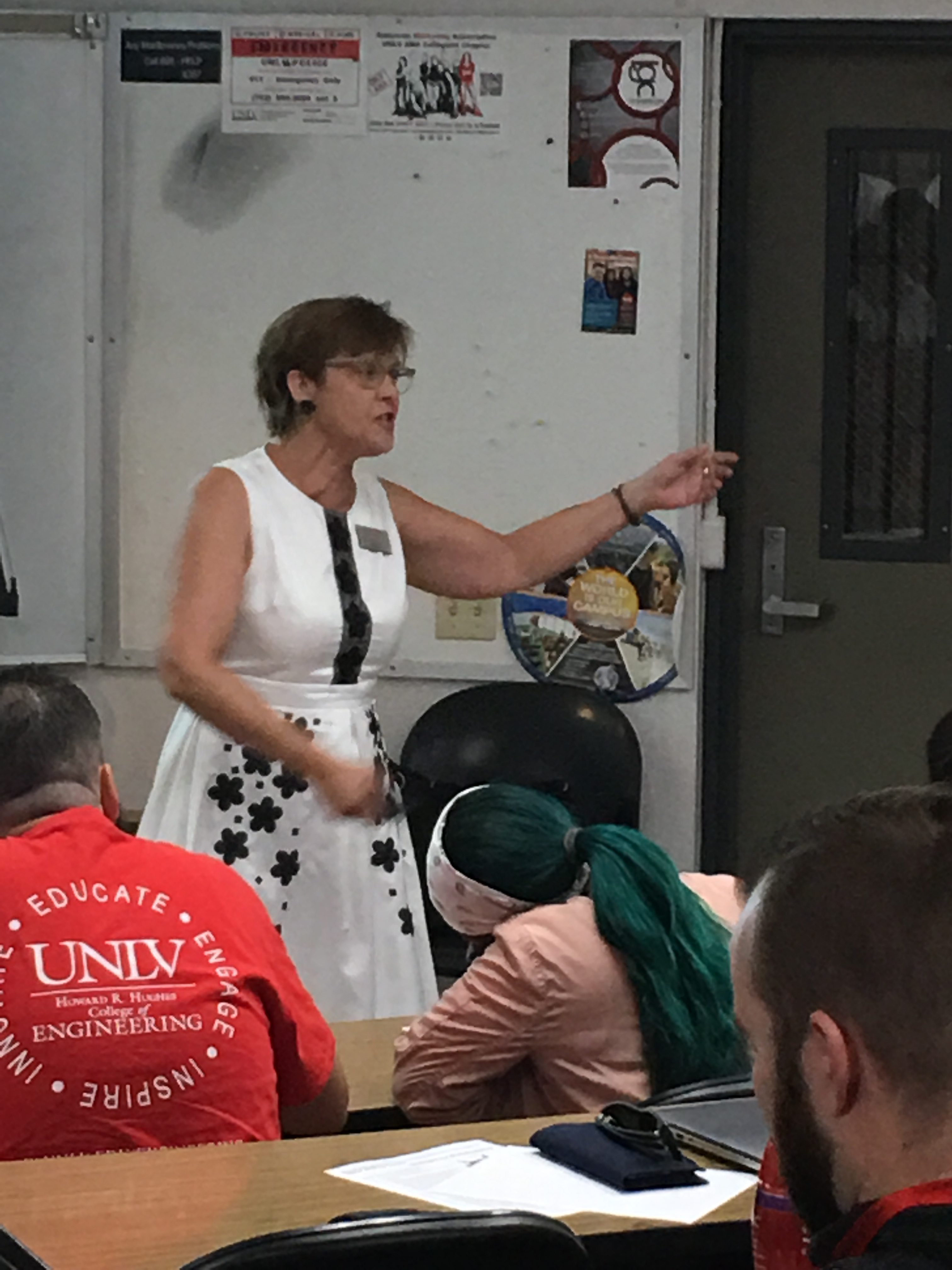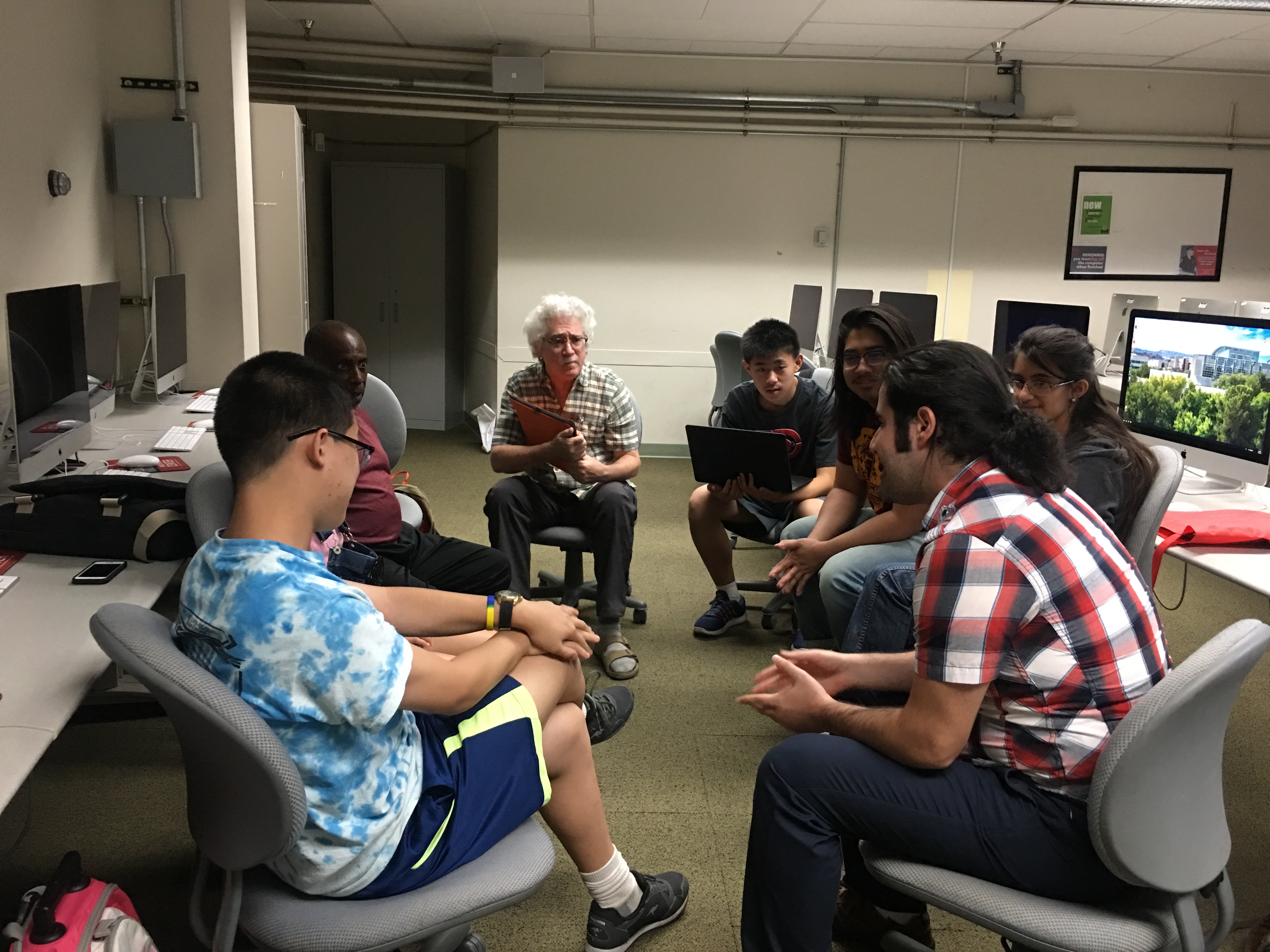About Sponsors
 The Department of Defense (Defense Department, USDOD, DOD, DoD or the Pentagon) is the executive department of the government of the United States charged with coordinating and supervising all agencies and functions of the government concerned directly with national security and the United States Armed Forces. The Department is also the largest employer in the world, with more than 2.13 million active duty soldiers, sailors, marines, airmen, and civilian workers, and over 1.1 million National Guardsmen and members of the Army, Navy, Air Force, and Marine Reserves. The grand total is just over 3.2 million servicemen, servicewomen, and civilians. The Department – headed by the Secretary of Defense – has three subordinate military departments: the U.S. Department of the Army, the U.S. Department of the Navy, and the U.S. Department of the Air Force which oversee the U.S. Army, U.S. Navy, U.S. Marine Corps, and the U.S. Air Force. In addition, four national intelligence services are subordinate to DOD – the Defense Intelligence Agency (DIA), the National Security Agency (NSA), the National Geospatial-Intelligence Agency (NGA), and the National Reconnaissance Office (NRO). Other Defense Agencies include Defense Advanced Research Projects Agency (DARPA), the Defense Logistics Agency (DLA), the Missile Defense Agency (MDA), Defense Threat Reduction Agency (DTRA), and the Pentagon Force Protection Agency (PFPA), all of which are under the command of the Secretary of Defense. DOD’s military operations are managed by nine regional or functional Unified Combatant Commands. DOD also operates several joint services schools, including the National Defense University (NDU) and the National War College (NWC). The Department is allocated the highest level of budgetary resources among all Federal agencies, and this amounts to more than one-half of the annual Federal discretionary budget.
The Department of Defense (Defense Department, USDOD, DOD, DoD or the Pentagon) is the executive department of the government of the United States charged with coordinating and supervising all agencies and functions of the government concerned directly with national security and the United States Armed Forces. The Department is also the largest employer in the world, with more than 2.13 million active duty soldiers, sailors, marines, airmen, and civilian workers, and over 1.1 million National Guardsmen and members of the Army, Navy, Air Force, and Marine Reserves. The grand total is just over 3.2 million servicemen, servicewomen, and civilians. The Department – headed by the Secretary of Defense – has three subordinate military departments: the U.S. Department of the Army, the U.S. Department of the Navy, and the U.S. Department of the Air Force which oversee the U.S. Army, U.S. Navy, U.S. Marine Corps, and the U.S. Air Force. In addition, four national intelligence services are subordinate to DOD – the Defense Intelligence Agency (DIA), the National Security Agency (NSA), the National Geospatial-Intelligence Agency (NGA), and the National Reconnaissance Office (NRO). Other Defense Agencies include Defense Advanced Research Projects Agency (DARPA), the Defense Logistics Agency (DLA), the Missile Defense Agency (MDA), Defense Threat Reduction Agency (DTRA), and the Pentagon Force Protection Agency (PFPA), all of which are under the command of the Secretary of Defense. DOD’s military operations are managed by nine regional or functional Unified Combatant Commands. DOD also operates several joint services schools, including the National Defense University (NDU) and the National War College (NWC). The Department is allocated the highest level of budgetary resources among all Federal agencies, and this amounts to more than one-half of the annual Federal discretionary budget.
University of Nevada Las Vegas (UNLV)
 University of Nevada Las Vegas (UNLV) is an American public research university located in the Las Vegas suburb of Paradise, Nevada. Noted for its strong emphasis on science and technology, business management, and law programs, the university is classified a “research-intensive university” by the Carnegie Foundation for the Advancement of Teaching. The William Harrah College of Hotel Administration is annually ranked among the top hospitality programs in the United States due to the university’s proximity to the Las Vegas Strip.
University of Nevada Las Vegas (UNLV) is an American public research university located in the Las Vegas suburb of Paradise, Nevada. Noted for its strong emphasis on science and technology, business management, and law programs, the university is classified a “research-intensive university” by the Carnegie Foundation for the Advancement of Teaching. The William Harrah College of Hotel Administration is annually ranked among the top hospitality programs in the United States due to the university’s proximity to the Las Vegas Strip.
Prior to UNITE, UNLV has also partnered with Faith Lutheran School over the last two years for STEM training of high school students. The project was funded by the State of Nevada and private donations. The overall goal of the program was to provide the top students experience to prepare for elite university programs with specialties in Engineering and Computer Science. Faith Lutheran School is positioned both geographically and scholastically to be a leader in STEM education. The mission was to IGNITE, EXCITE, and PREPARE our finest math, science, and technology students for STEM majors in our nation’s top universities.
ILAB is the Interdisciplinary Research Institute based in North Carolina A&T State University. The goal of ILAB is to build a sense of community for interdisciplinary research and education at North Carolina A&T State University, to promote growth and sustainability for interdisciplinary research/education collaboration, and enhance broad community outreach. ILAB has been involved in many research projects on Big Data, Social Computing, Information Assurance, Cloud Computing, Health Science, etc. Some of the projects are being conducted in collaboration with other universities such as UNC-Chapel Hill, Harvard University, Duke University, Northwestern University, Carnegie Mellon University, Massachusetts Institute of Technology, Johns Hopkins University and Stanford University.
Academy of Science and Engineering
 ASE is a non-profit organization dedicated to advancing science and engineering innovation and excellence for the benefit of humanity. The core purpose of ASE is to advance science and engineering for the benefit of humanity by providing an open access platform for the latest developments in science, engineering, education and humanity. Its vision is to be a vital, internationally recognized hub for scientifically-involved professionals and students, and interested communities. ASE believes in enriching the youth by offering them with opportunities to advance in the science, engineering, humanity fields. By providing a socially responsible platform that is community driven and encourages positive growth for the community, ASE hopes to provide a better tomorrow today.
ASE is a non-profit organization dedicated to advancing science and engineering innovation and excellence for the benefit of humanity. The core purpose of ASE is to advance science and engineering for the benefit of humanity by providing an open access platform for the latest developments in science, engineering, education and humanity. Its vision is to be a vital, internationally recognized hub for scientifically-involved professionals and students, and interested communities. ASE believes in enriching the youth by offering them with opportunities to advance in the science, engineering, humanity fields. By providing a socially responsible platform that is community driven and encourages positive growth for the community, ASE hopes to provide a better tomorrow today.
U.S. National Science Foundation
 The National Science Foundation is a United States government agency that supports fundamental research and education in all the non-medical fields of science and engineering. Its medical counterpart is the National Institutes of Health. With an annual budget of about US$7.0 billion (fiscal year 2012), the NSF funds approximately 20% of all federally supported basic research conducted by the United States’ colleges and universities. In some fields, such as mathematics, computer science, economics and the social sciences, the NSF is the major source of federal backing. The NSF’s director, deputy director, and the 24 members of the National Science Board (NSB) are appointed by the President of the United States, and confirmed by the United States Senate. The director and deputy director are responsible for administration, planning, budgeting and day-to-day operations of the foundation, while the NSB meets six times a year to establish its overall policies.
The National Science Foundation is a United States government agency that supports fundamental research and education in all the non-medical fields of science and engineering. Its medical counterpart is the National Institutes of Health. With an annual budget of about US$7.0 billion (fiscal year 2012), the NSF funds approximately 20% of all federally supported basic research conducted by the United States’ colleges and universities. In some fields, such as mathematics, computer science, economics and the social sciences, the NSF is the major source of federal backing. The NSF’s director, deputy director, and the 24 members of the National Science Board (NSB) are appointed by the President of the United States, and confirmed by the United States Senate. The director and deputy director are responsible for administration, planning, budgeting and day-to-day operations of the foundation, while the NSB meets six times a year to establish its overall policies.
U.S. National Institutes of Health
 The National Institutes of Health (NIH) is a biomedical research facility primarily located in Bethesda, Maryland, USA. An agency of the United States Department of Health and Human Services, it is the primary agency of the United States government responsible for biomedical and health-related research. The NIH both conducts its own scientific research through its Intramural Research Program (IRP) and provides major biomedical research funding to non-NIH research facilities through its Extramural Research Program. With 1,200 principal investigators and more than 4,000 postdoctoral fellows in basic, translational, and clinical research, the IRP is the largest biomedical research institution on Earth, while, as of 2003, the extramural arm provided 28% of biomedical research funding spent annually in the US, or about US$26.4 billion. The NIH comprises of 27 separate institutes and centers that conduct research in different disciplines of biomedical science. The IRP is responsible for many scientific accomplishments, including the discovery of fluoride to prevent tooth decay, the use of lithium to manage bipolar disorder, and the creation of vaccines against Hepatitis, Haemophilus Influenzae (HIB) and Human Papillomavirus.
The National Institutes of Health (NIH) is a biomedical research facility primarily located in Bethesda, Maryland, USA. An agency of the United States Department of Health and Human Services, it is the primary agency of the United States government responsible for biomedical and health-related research. The NIH both conducts its own scientific research through its Intramural Research Program (IRP) and provides major biomedical research funding to non-NIH research facilities through its Extramural Research Program. With 1,200 principal investigators and more than 4,000 postdoctoral fellows in basic, translational, and clinical research, the IRP is the largest biomedical research institution on Earth, while, as of 2003, the extramural arm provided 28% of biomedical research funding spent annually in the US, or about US$26.4 billion. The NIH comprises of 27 separate institutes and centers that conduct research in different disciplines of biomedical science. The IRP is responsible for many scientific accomplishments, including the discovery of fluoride to prevent tooth decay, the use of lithium to manage bipolar disorder, and the creation of vaccines against Hepatitis, Haemophilus Influenzae (HIB) and Human Papillomavirus.
U.S. National Aeronautics and Space Administration
 The National Aeronautics and Space Administration is the agency of the United States government that is responsible for the nation’s civilian space program and for aeronautics and aerospace research. President Dwight D. Eisenhower established the National Aeronautics and Space Administration (NASA) in 1958 with a distinctly civilian (rather than military) orientation encouraging peaceful applications in space science. The National Aeronautics and Space Act was passed on July 29, 1958, disestablishing NASA’s predecessor, the National Advisory Committee for Aeronautics (NACA). The new agency became operational on October 1, 1958. Since that time, most U.S. space exploration efforts have been led by NASA, including the Apollo moon-landing missions, the Skylab space station, and later the Space Shuttle. Currently, NASA is supporting the International Space Station and is overseeing the development of the Orion Multi-Purpose Crew Vehicle, the Space Launch System and Commercial Crew vehicles. The agency is also responsible for the Launch Services Program (LSP) which provides oversight of launch operations and countdown management for unmanned NASA launches.
The National Aeronautics and Space Administration is the agency of the United States government that is responsible for the nation’s civilian space program and for aeronautics and aerospace research. President Dwight D. Eisenhower established the National Aeronautics and Space Administration (NASA) in 1958 with a distinctly civilian (rather than military) orientation encouraging peaceful applications in space science. The National Aeronautics and Space Act was passed on July 29, 1958, disestablishing NASA’s predecessor, the National Advisory Committee for Aeronautics (NACA). The new agency became operational on October 1, 1958. Since that time, most U.S. space exploration efforts have been led by NASA, including the Apollo moon-landing missions, the Skylab space station, and later the Space Shuttle. Currently, NASA is supporting the International Space Station and is overseeing the development of the Orion Multi-Purpose Crew Vehicle, the Space Launch System and Commercial Crew vehicles. The agency is also responsible for the Launch Services Program (LSP) which provides oversight of launch operations and countdown management for unmanned NASA launches.
NASA science is focused on better understanding Earth through the Earth Observing System, advancing Heliophysics through the efforts of the Science Mission Directorate’s Heliophysics Research Program, exploring bodies throughout the Solar System with advanced robotic missions such as New Horizons, and researching astrophysics topics, such as the Big Bang, through the Great Observatories and associated programs. NASA shares data with various national and international organizations such as from the Greenhouse Gases Observing Satellite.




















